In his 2015 article, “Against the Anthropocene: A Neo-Materialist Perspective,” historian Tim LeCain argues that the term Anthropocene succumbs, however unwittingly, to the hubris of anthropocentrism. Humans acquired their destabilizing empowerment, he says, “only at the price of throwing their lot in with a lot of other things, like coal and oil, whose powers they only vaguely understood and certainly did not really control.” LeCain advocates granting these substances and their attributes significant historical agency, recognizing the unexpected ways in which they have “shaped humans and their cultures.”
According to LeCain’s logic of shared agency, we did not create our climate problem on our own. The abundant resources of the planet have aided and abetted us. They have beckoned us with a siren song of immense reserves of available energy. From this angle, nature seems less benevolent than many strains of romantic environmentalism would have us believe. As LeCain puts it, “some seemingly beneficent and nurturing planets—like those with easily accessible deposits of coal and oil, for example—might not really be all that hospitable to intelligent life” after all.1
With his neo-materialist turn of argument, LeCain provocatively critiques the habit of making our climate predicament a morality play featuring humanity as its sole actor. His reasoning suggests that we stop imagining the Earth as an Eden despoiled by shortsighted exploitation of its resources and begin holding it responsible for its abundance of dangerous fossil fuels. The point is less that this critique tends to let humans off the hook (although the implications of that effect are worth pondering), and more that any moral story of the accelerating changes to global climate hinges on how we allocate agency. The term Anthropocene preserves our habit of locating a monopoly of agency within ourselves, making us either the failed stewards of our Eden or the technological heroes who can geo-engineer our planet into a more reliably hospitable state. By granting some agency to the materials around us, we curb this habit, and open up roles for such players as coal, methane, and oil.
With agency, we might say, comes both power and accountability. If we impute all agency to human beings, then the earth and its materials maintain a passive innocence; they wait until acted upon by homo sapiens, who then bear full responsibility for any havoc that ensues. But if we impute some agency to the tricky materials with which the planet and its atmosphere are composed, a more complex moral story emerges. We might think of ourselves as mischievous and clever beings, surrounded by mischievous and clever materials. Like impish children left to together in a basement to play, we biological beings and our geological cousins have discovered ways of interacting that may bring down the house.
In certain respects, the materialism that LeCain proffers is more in keeping with ancient creation stories than with the declensionist narratives that have marked American environmentalism. Unlike the immaculate Eden of the Sierra Club calendar photograph, the Eden of Genesis features a substance that is both tempting and dangerous. The story of Eve’s incapacity to resist her desire for the fruit of knowledge and the urgings of the serpent to taste it has a moral ambiguity. Is Eve to be condemned or to be pitied? What kind of God would put such temptation in reach? Like the story of Zeus giving the jar to Pandora, the account of Eve and the Tree of Knowledge might today recall the legal doctrine of entrapment. According to that doctrine, culpability is mitigated if authorities engineer circumstances to produce an offense that otherwise would not have been committed. Although that standard might not get Pandora or Eve acquitted, the fact remains that neither chose the conditions under which a singular temptation overpowered her. By granting coal, oil, and natural gas some agency in their use as fuels, LeCain brings an old moral ambiguity to a new environmental condition. As Eve gained knowledge from the fruit, so we have gained enormous knowledge and power from our hydrocarbon troves. Just as Eve was never the same again, we have changed in fundamental ways due to plucking energy from these underground sources. Out of curiosity and desire, we have become oily and gassy beings. We have cast our lot with the flammable remains of the dead. The effects of this transformation for the earth are legion, including a looming mass extinction.
I recently thought about LeCain’s materialist critique while watching Old Faithful Inversion (2012), a video loop by artist Greg Stimac. Stimac made the video from an eight second clip of someone’s vacation footage that he pulled off the internet. By inverting the color, he turned Old Faithful, a famous geyser in Yellowstone National Park that reliably erupts every hour or two, into something resembling an oil gusher, continuously spewing dark spray into a copper-colored sky. The work converts the reassuring clock-like renewal of “Old Faithful” into a dystopian image of continuous expenditure. With the wait between eruptions eradicated, the gusher seems a sign of our new temporality, an endless present of streaming data. The frothy white of the expelled liquid has turned to black, visually linking its ceaseless streaming —as the streams of the internet are materially linked every day—to our rapacious dependence on extracted fuel.
We can understand Stimac’s Old Faithful Inversion as a comment on our lost connection to the restorative cyclicality of nature. This interpretation would register the seamlessly looped editing and color inversion as stand-ins for the technological mediations and modern economies that distance us from the regular rhythms of the biosphere. The commercially driven habits of our time have cleaved us from the experience of seasons, moon phases, hydrological pressures, and the like. Indeed, our lifeworld seems hell-bent on overcoming natural cycles. The global market provides fresh summer berries year-round, and the internet instantly delivers images and sounds from whatever moment our whims desire. According to this view, the video loop reproduces our captivity within a technological frame, reminding us of our separation from the temporal processes of our ecology. The wan and hoary colors of the loop associate this distance with deprivation and sterility.
This declensionist interpretation of Old Faithful Inversion aligns the work with recent critiques of the untimeliness of our times. In his 2013 book 24/7: Late Capitalism and the Ends of Sleep, Jonathan Crary observes that capital has systematically sought ever more of our time and attention. In the age of the internet, being connected means giving corporations and their advertisers access to us day and night. While advertising-driven digital video streams assault us at gas pumps, taxi backseats, airports, bars, and convenience stores, we do our share by checking our devices at least every few minutes, making sure our corporate overlords have ready access. Crary traces “24/7,” a casual tag for a newly unrelenting way of life, to a longstanding eradication of cyclicality, privacy, and restoration, for the sake of profit. “In related ways,” he writes, “24/7 is inseparable from environmental catastrophe in its declaration of permanent expenditure, of endless wastefulness for its sustenance, in its terminal disruption of the cycles and seasons on which ecological integrity depends.”2 Stimac’s inversion is a 24/7 Old Faithful, a geyser that never rests, and thus never gives us leave to look away. His video offers us a mechanically reproduced environment with no hope of genuine renewal.
Keeping more with LeCain’s neo-materialism, we might also understand Stimac’s video loop as commenting on the complicity of the earthy powers that have fueled our modern dreams. According to this interpretation, Old Faithful is not a symbol of nature’s wholesome cyclicality from which technological mediations now alienate us, but rather a false friend that is in cahoots with our extractive addictions. Like a dope peddler, Old Faithful has misled us with promises of replenishment, of an eternal return of exhilarating bounty. Meet you back in the park in an hour or two, the geyser assures, and I will offer you more of the same.
By turning the white froth black, Stimac reminds us of the entwined history of Old Faithful and oil gushers. Lands now preserved as National Parks were explored and mapped by federal surveys seeking to facilitate economic development and resource extraction. The US government chose to preserve Yellowstone because it deemed it more valuable as a sign of wondrous plenitude than as a direct source of mineral or agricultural wealth. From this history emerged an interlocking symbolism. Geysers and gushers both became tourist attractions in industrializing America, sights redolent of New World abundance and prosperity. In 1901 Frank Trost sold many thousands of prints or postcards of his photograph of the Lucas Gusher at Spindletop, Texas, and the image appeared in newspapers throughout the country. Meanwhile, images of Old Faithful offered a reassuring sign that the power of the American landscape was self-renewing. By visually melding frothy water and spewing oil, Stimac provocatively suggests that his inversion simply reverses a prior one. As a false promise of endless and regular replenishment, Old Faithful has long been a whitewashed gusher.
As Stimac evidently understands, inversion governs our extractive compulsion. In the alchemy of modern energy systems, the dark and dirty substances of coal and oil yield brilliant forms of illumination. Drawn from the endless night of underground tunnels and deep rocky pockets, these substances magically deliver lamps and lights to drive away the dark. Even when used for machine power, fossil fuels seem to magically yield something bright and airy. After Old Faithful was named by an expeditionary team in 1870, it quickly became a natural imprimatur for the age of steam, a sign that nature itself approved of the conversion of underground reserves into regulated boiling power. In Old Faithful Inversion, the sign of the geyser is re-inverted, turned back into the darkness of fossil fuels, as the blighted landscape is returned to the dead.
Today, Stimac’s reinversion of this inverted relationship is particularly resonant. The alchemy of the modern energy is faltering. The light and invisible gases released by burning fossil fuels are betraying their dark and heavy origins. We find ourselves trapped in a techno-economic loop of fascination and expenditure. Having cast our lot with carboniferous remains of prehistoric organisms, we have run ourselves out of time. If we are to invest human life in other materials, to open other futures and make other selves, now is the only time left.
T.J. LeCain, “Against the Anthropocene: A Neo-Materialist Perspective,” International Journal for History, Culture, and Modernity 3, no. 1 (2015). I would revise the suggestion to say, “not hospitable to the sort of intelligent life that humans have historically delivered.” As cognitive psychologists have repeatedly demonstrated, our intelligence is of a peculiar and habitually wayward kind.
Jonathan Crary, 24/7: Late Capitalism and the Ends of Sleep (London: Verso, 2013), 10.
Accumulation is a project by e-flux Architecture and Daniel A. Barber produced in cooperation with the University of Technology Sydney (2023); the PhD Program in Architecture at the University of Pennsylvania Weitzman School of Design (2020); the Princeton School of Architecture (2018); and the Princeton Environmental Institute at Princeton University, the Speculative Life Lab at the Milieux Institute, Concordia University Montréal (2017).
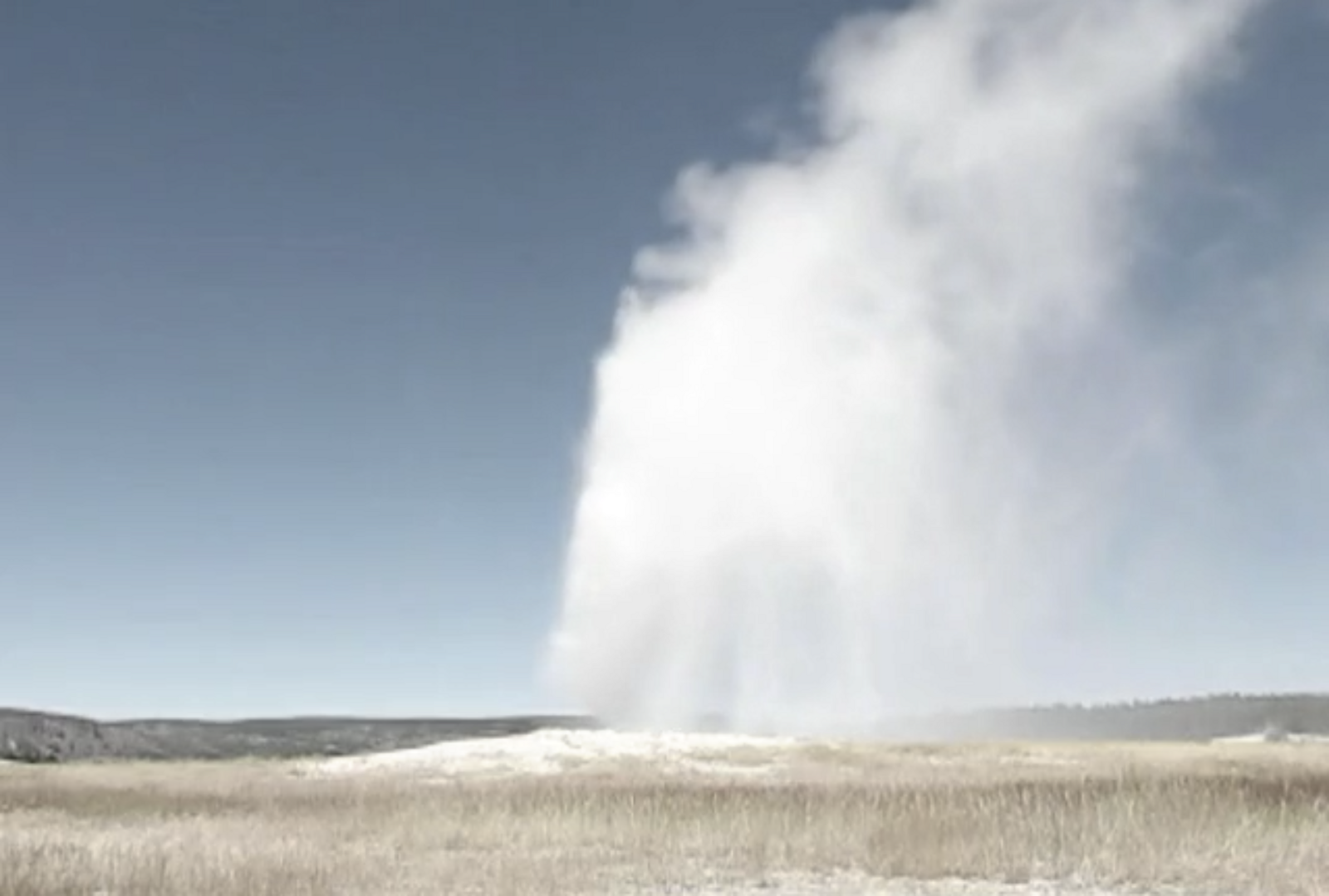

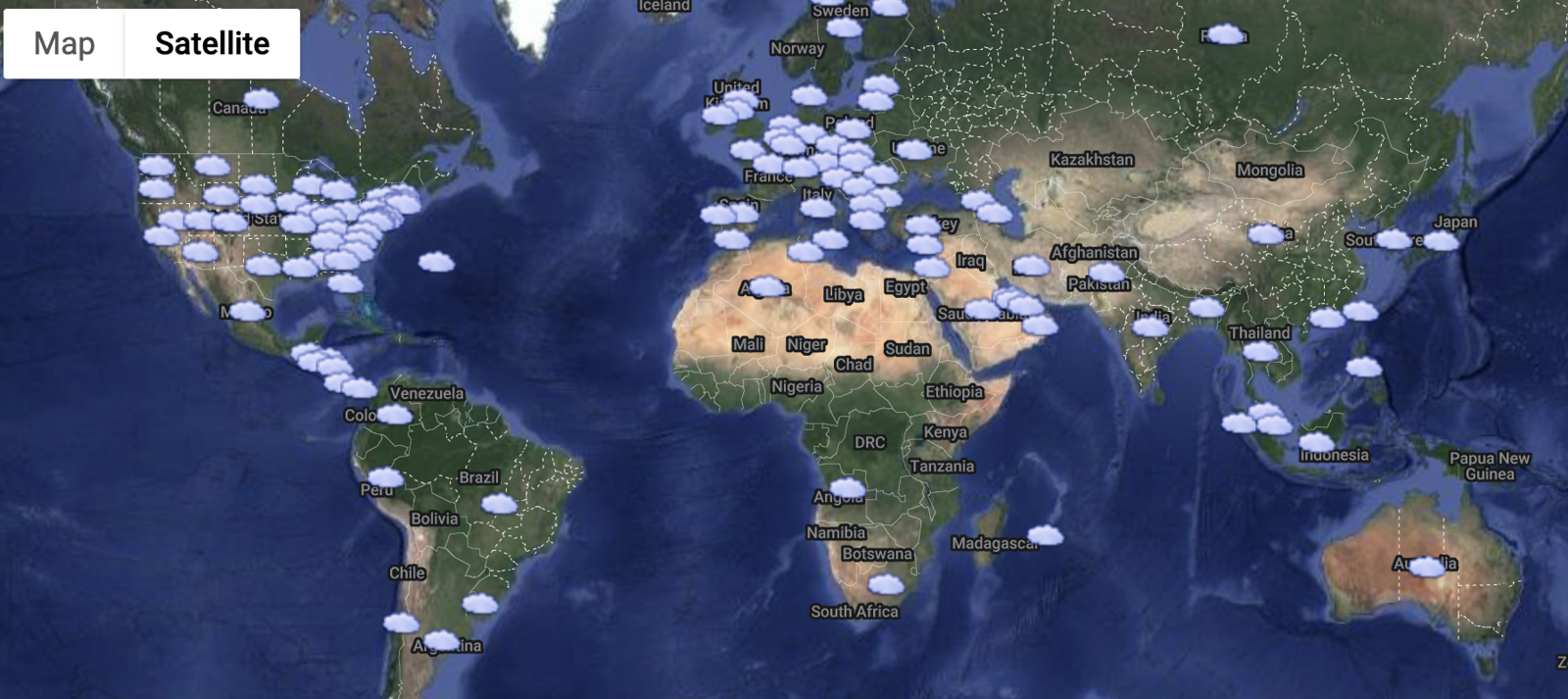
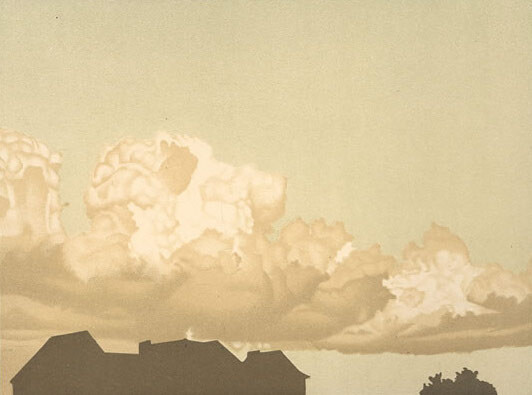


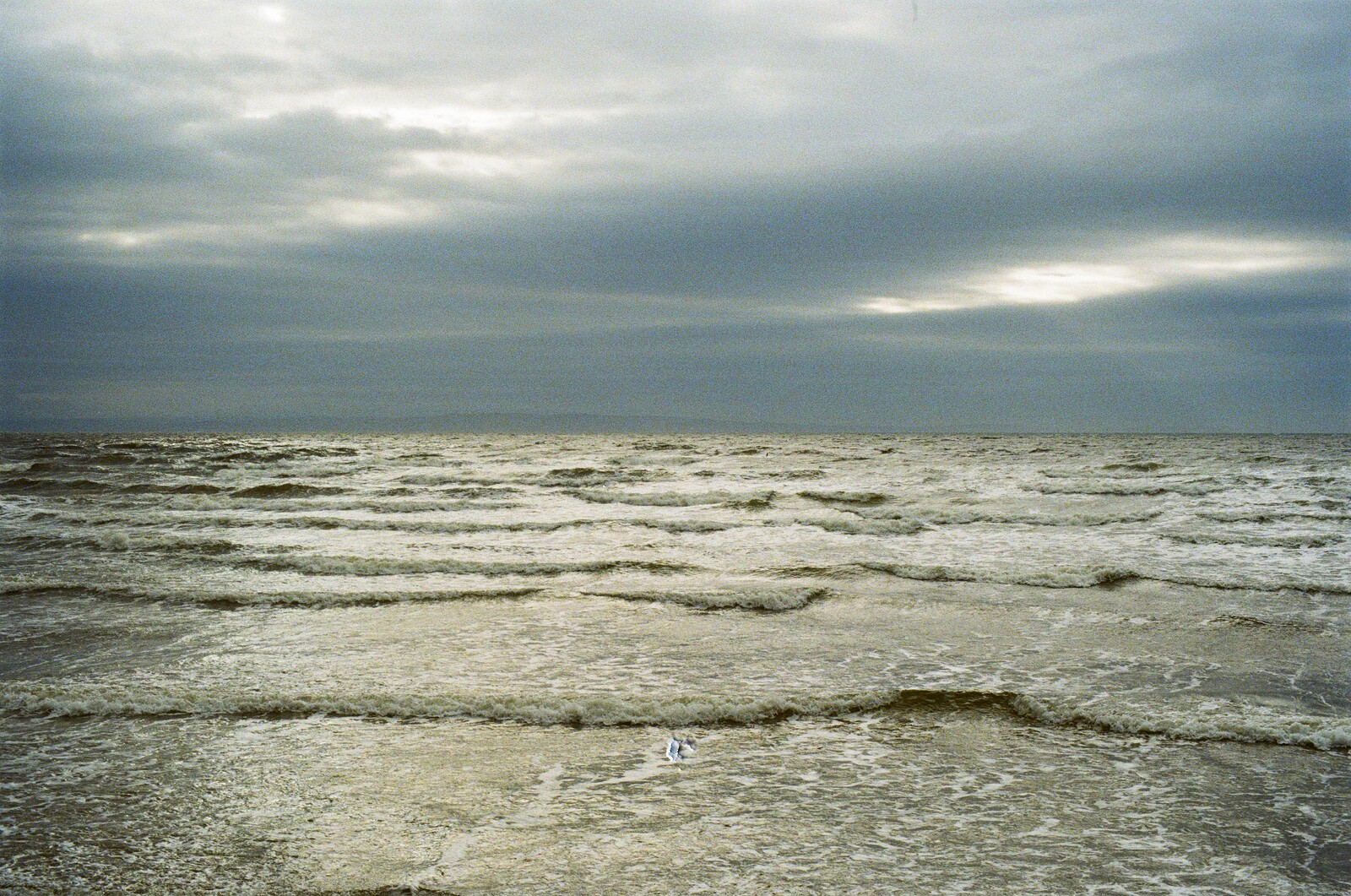
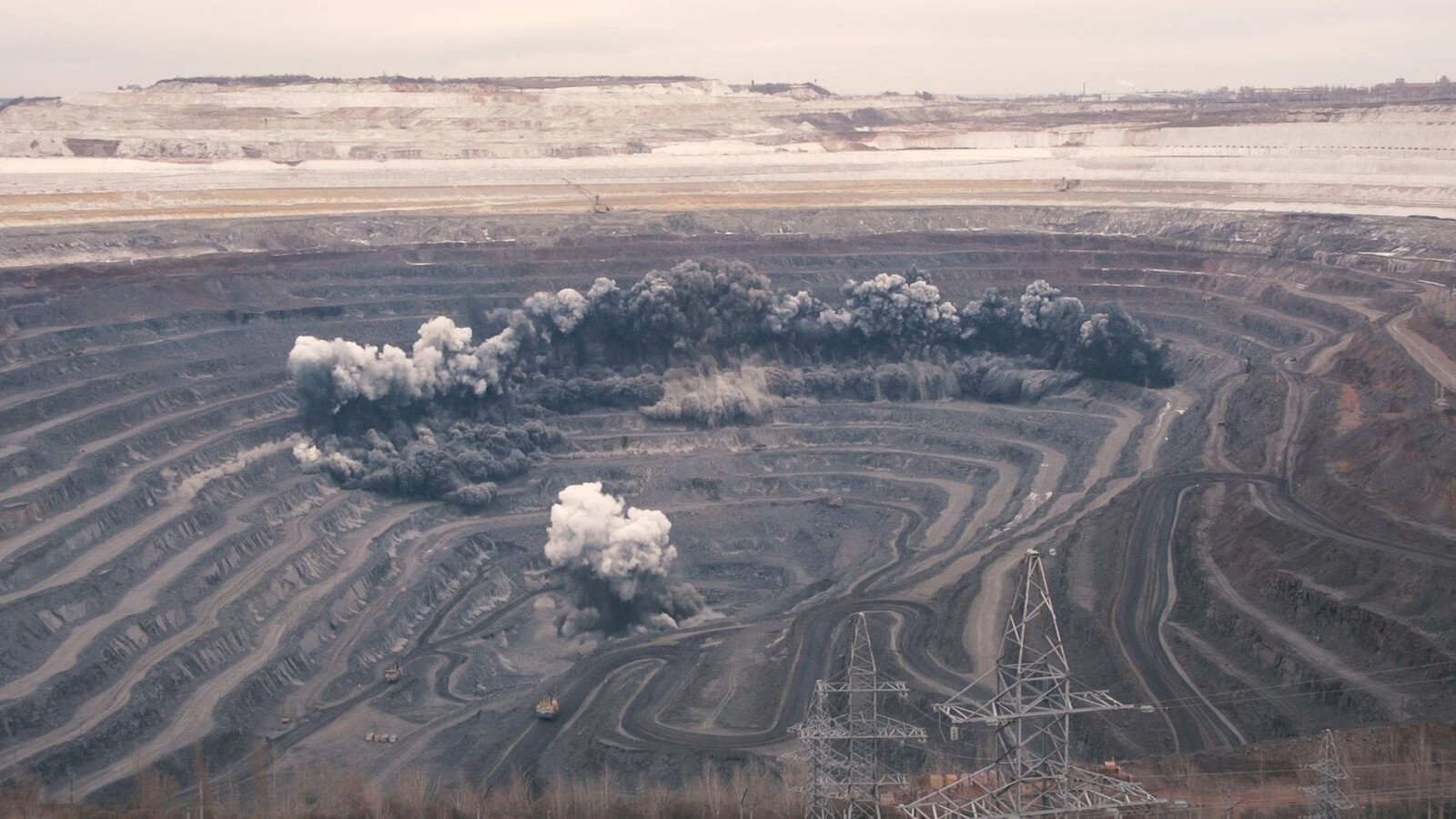
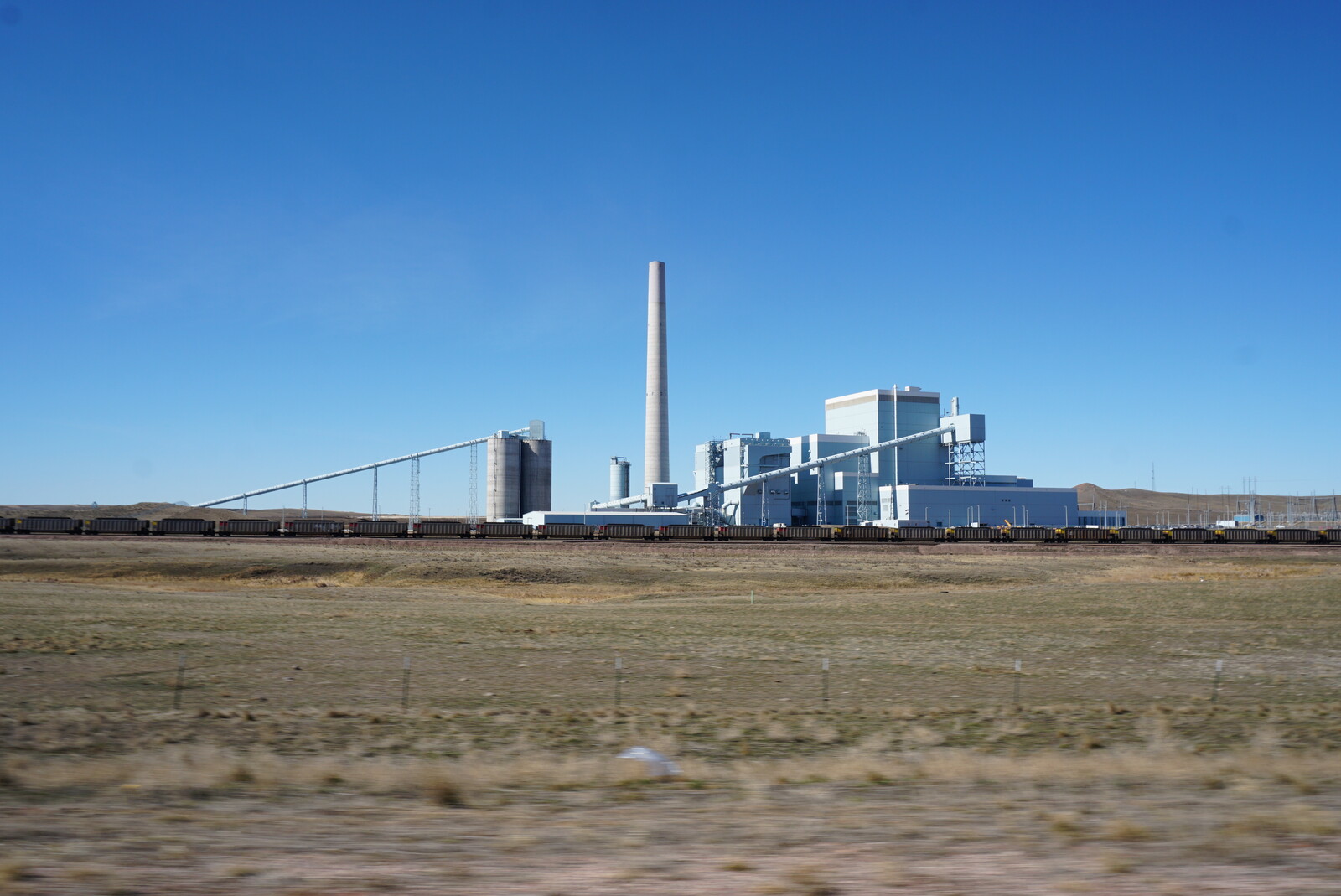

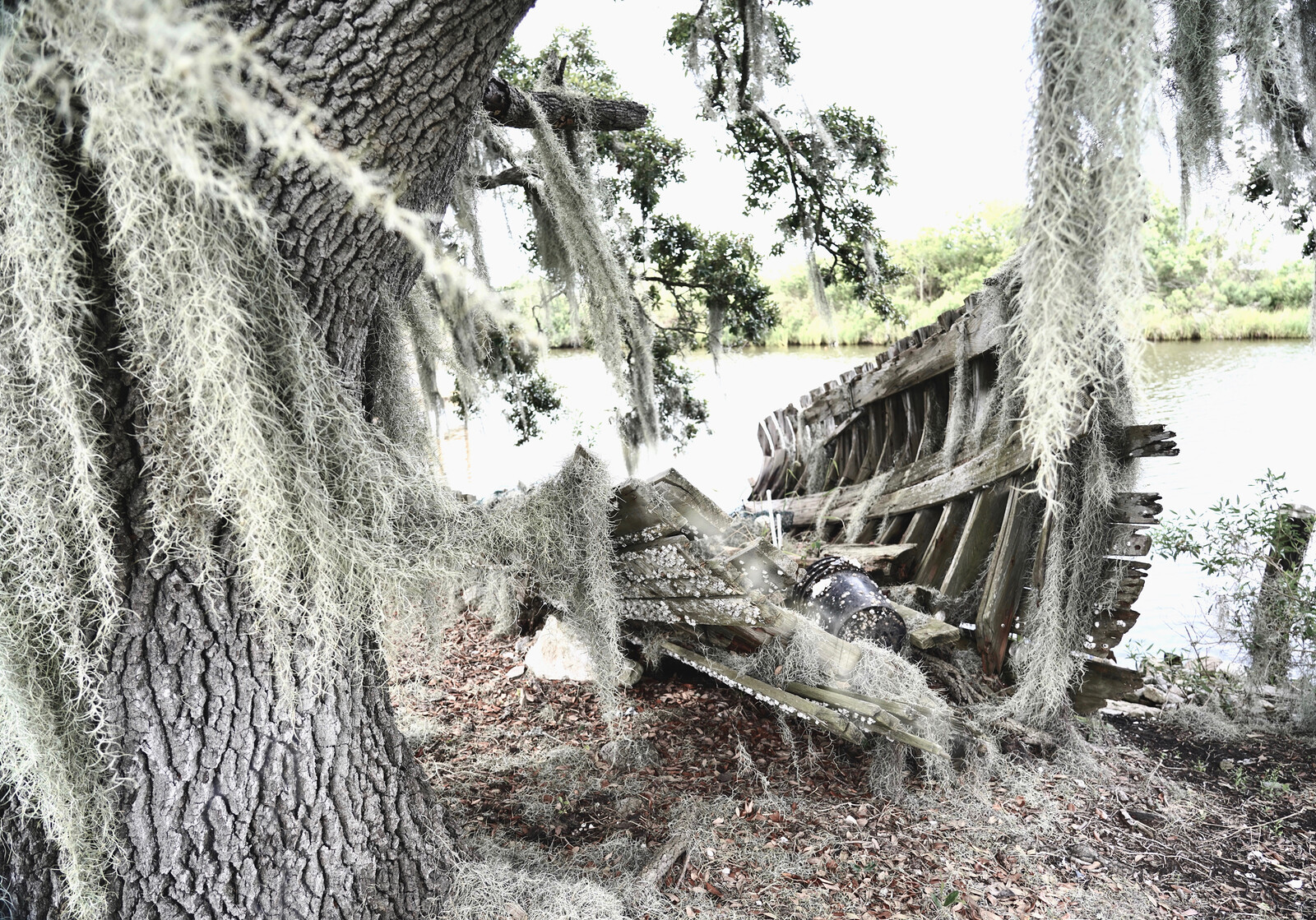





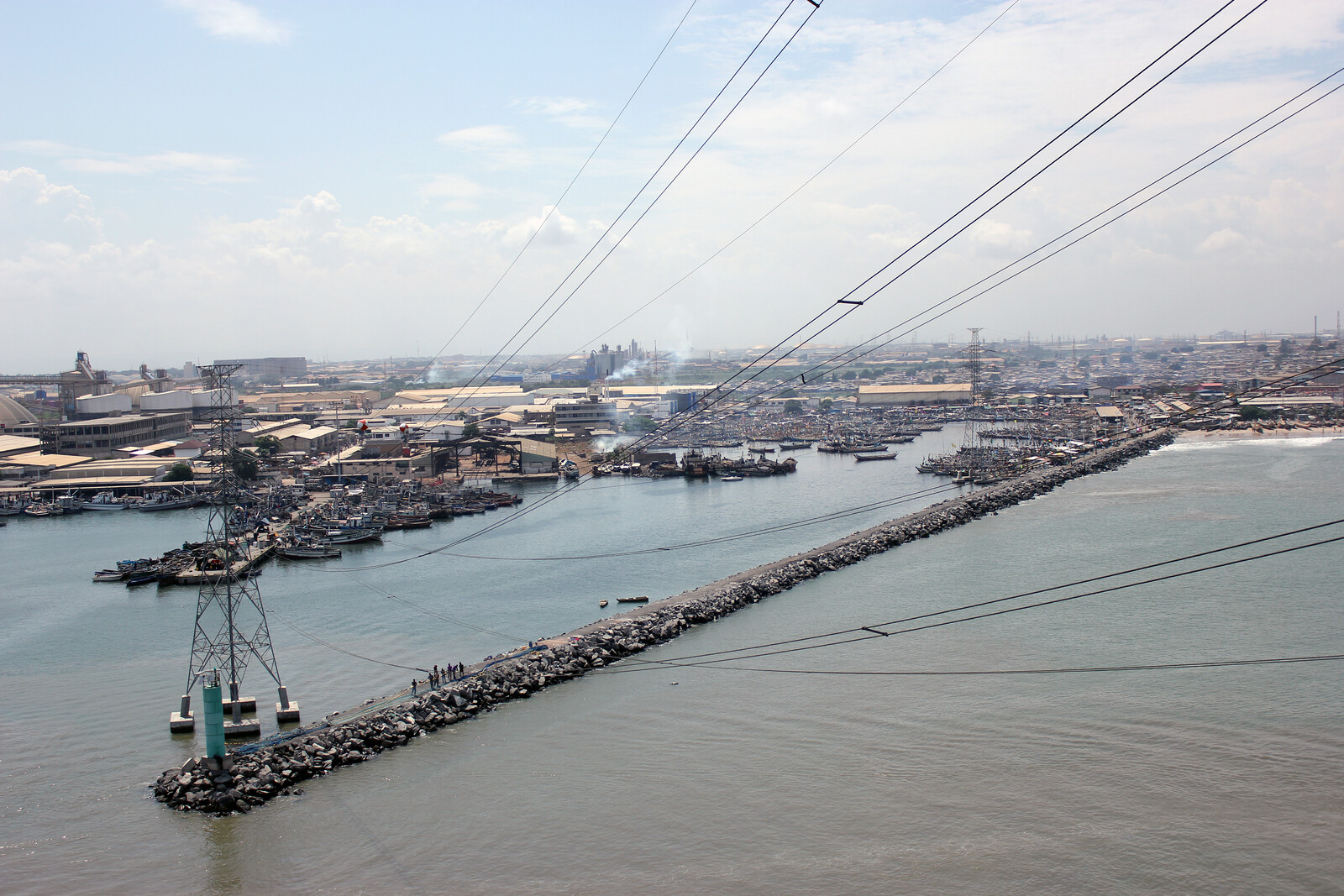




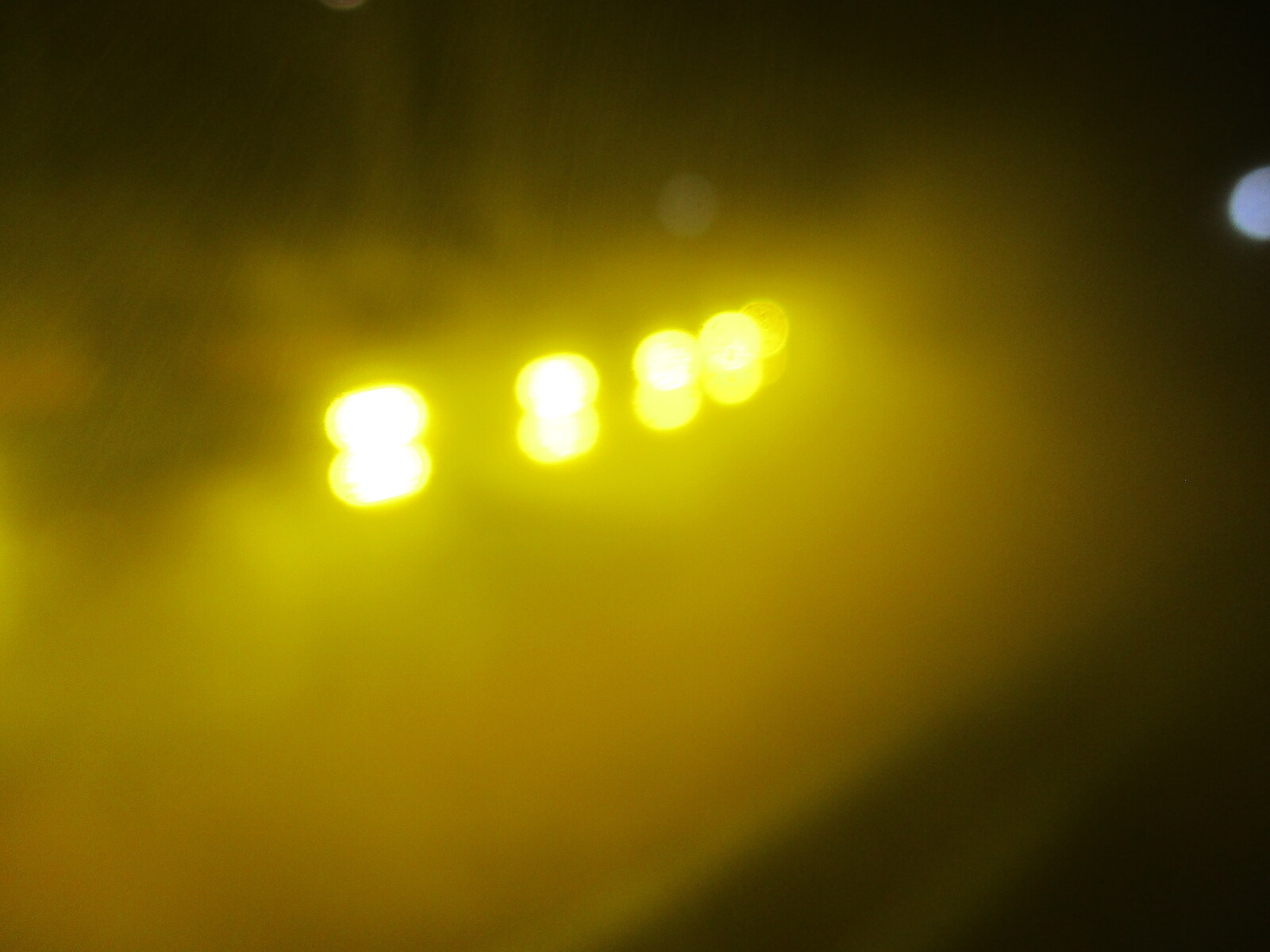
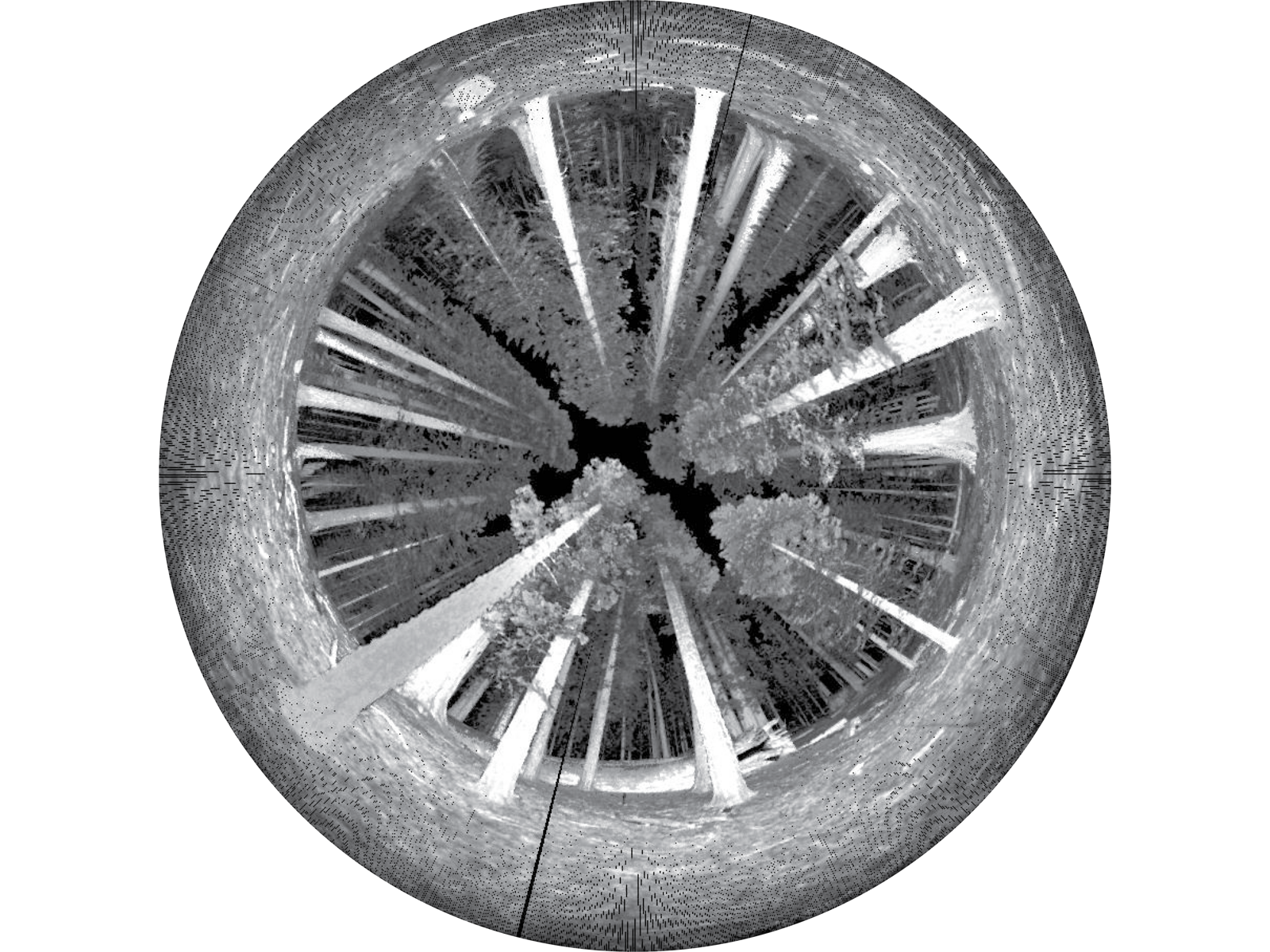
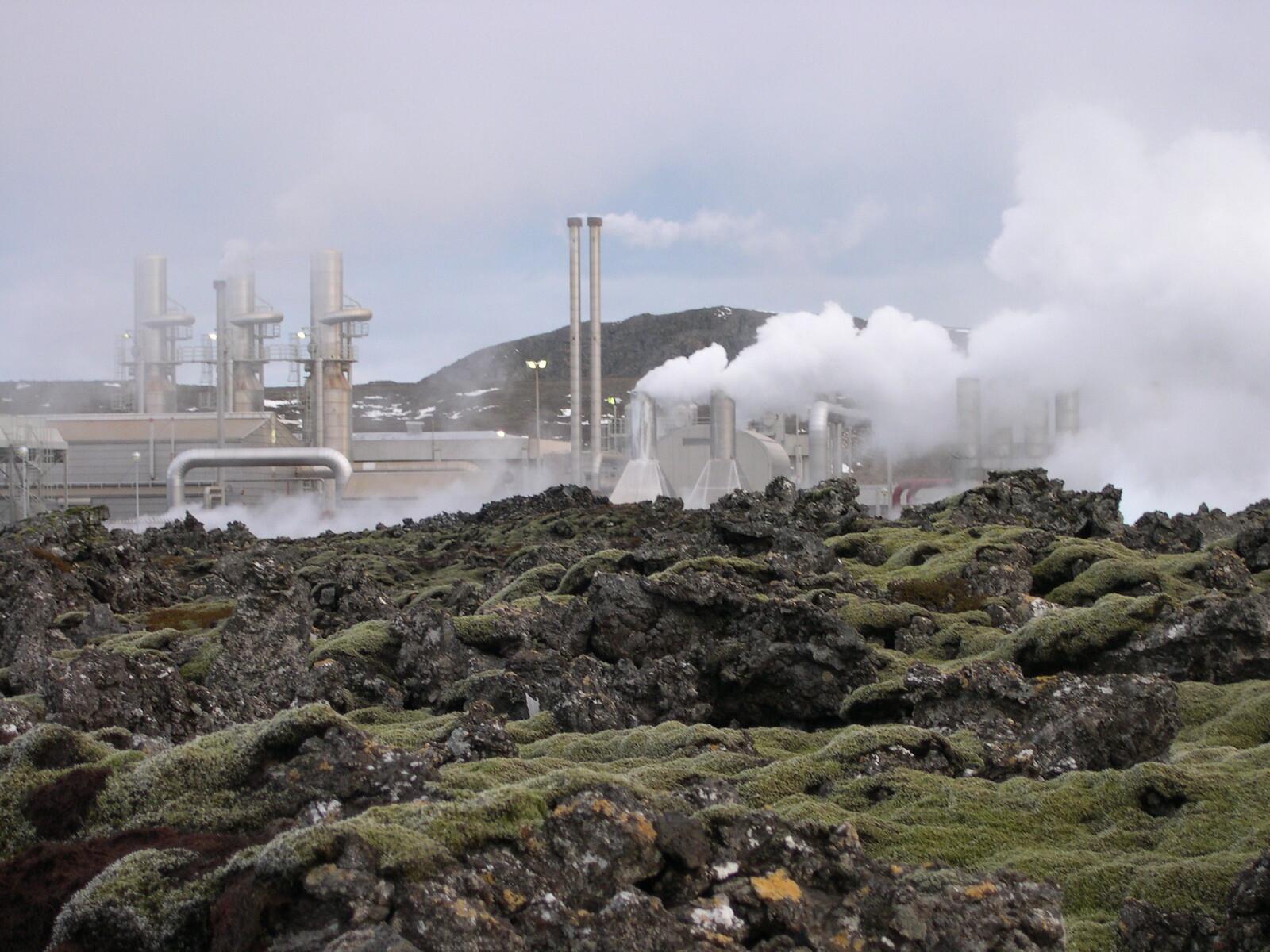
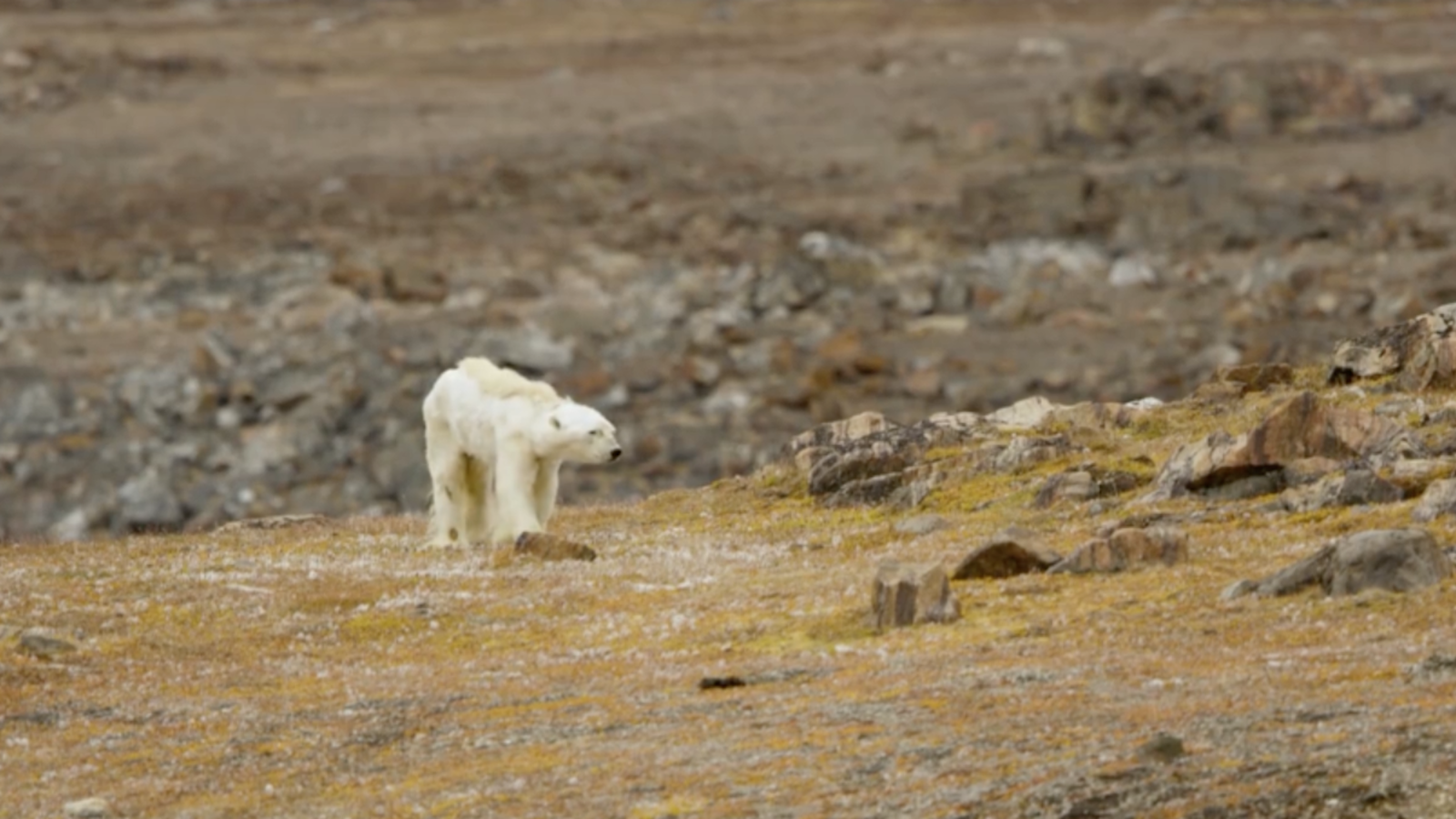
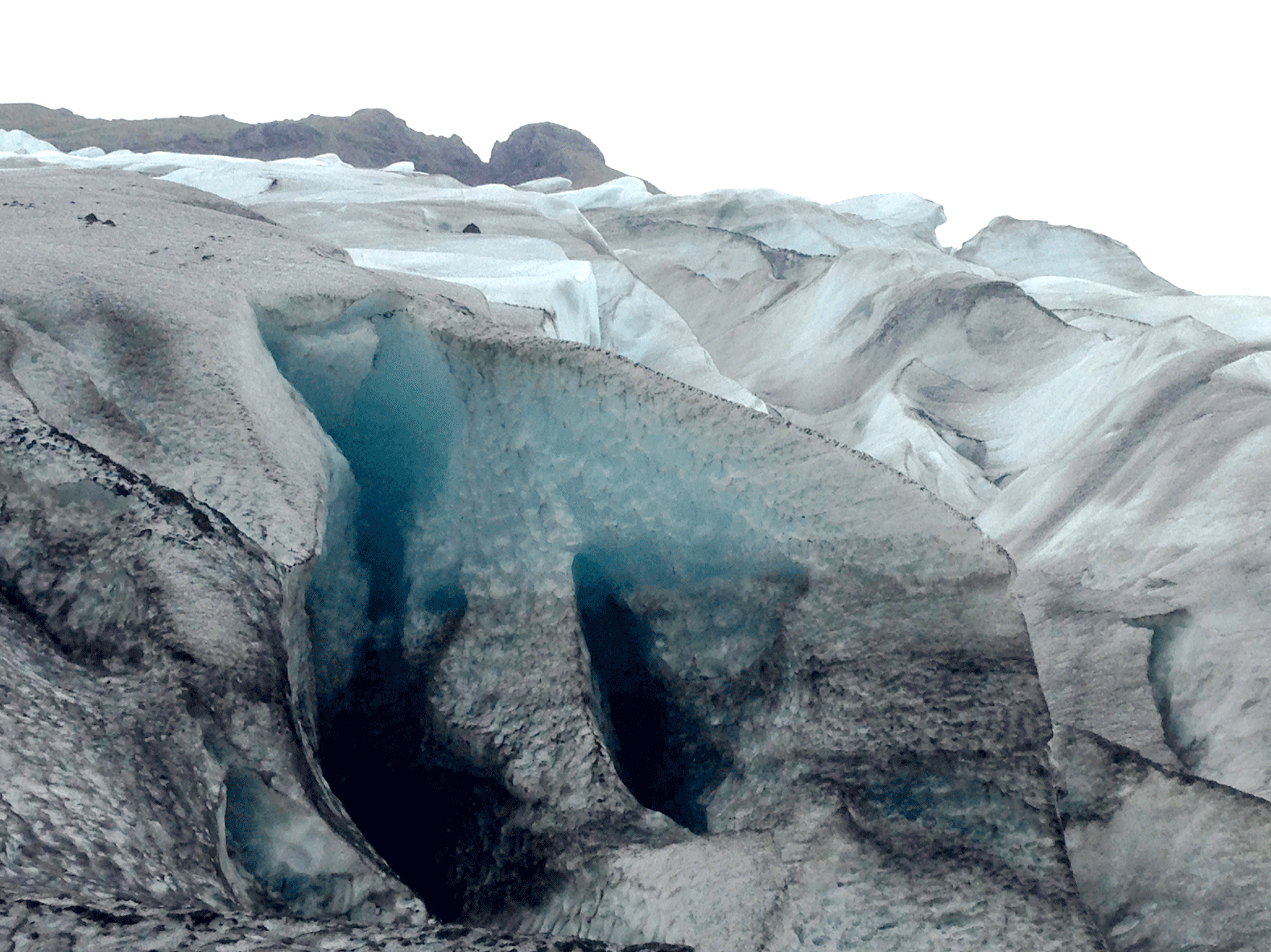

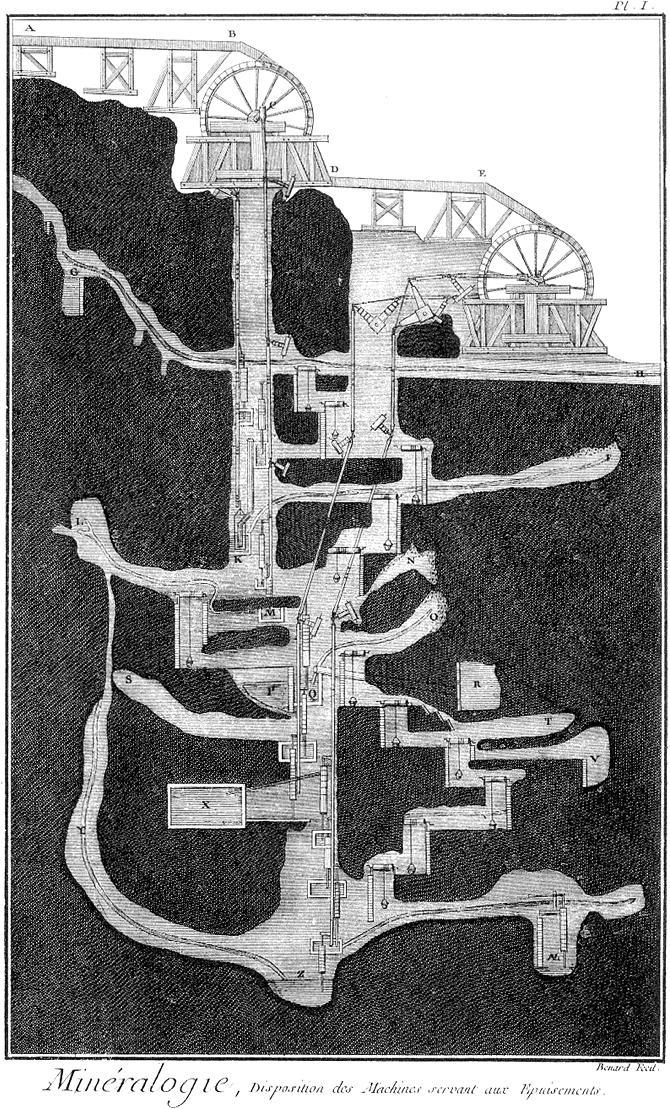


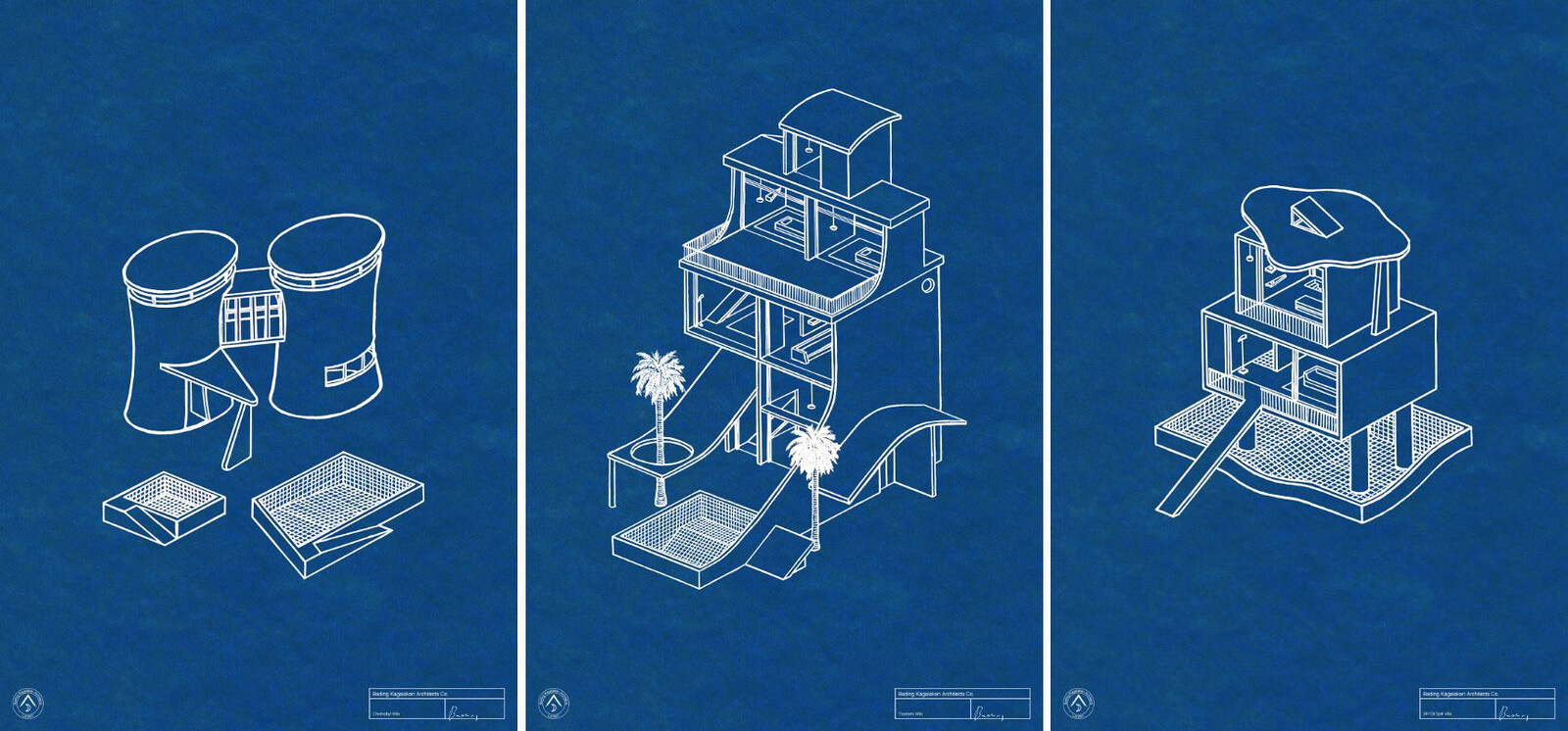
.png,1600)
